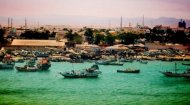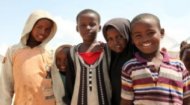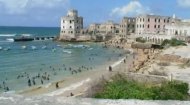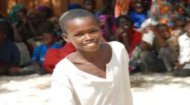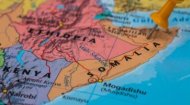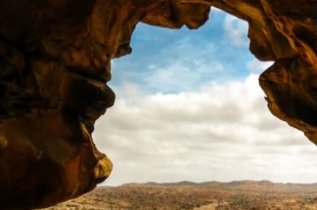|
Somalia Profile |
Somalia Profile |
Somalia Profile | Somalia Profile |
Make a virtual landing at Mogadishu International Airport next to the blue waters of the Indian Ocean.
More >
Read all the latest news and current events from Somalia online at our Somalian news page. Updated daily.
More >

This ongoing fight against Al-Shabaab also exacerbates humanitarian crises, leading to internal displacement, food insecurity, and limited access to essential services in affected regions. Beyond Al-Shabaab, localised inter-clan conflicts, often driven by competition over scarce resources like water and grazing land, also contribute to the overall insecurity. Despite the pervasive threat of conflict, Somalia has made notable strides towards recovery and building the foundations for stability. Economic indicators, though fragile, show signs of growth, driven by sectors like telecommunications, livestock, and remittances from the diaspora. Major infrastructure projects, including port expansions and road construction, are underway, facilitated by foreign investment and international aid. Mogadishu, the capital, has undergone a remarkable transformation, with new businesses, universities, and residential areas emerging, reflecting a renewed sense of hope and normalcy. The return of a vibrant diaspora community is injecting crucial capital, skills, and entrepreneurial spirit into the economy, contributing significantly to social services and business development. Furthermore, the resilience of the Somali people, who have adapted to decades of adversity, is a vital asset, with local communities often taking the lead in conflict resolution and self-help initiatives. Efforts to strengthen judicial systems and promote reconciliation at the grassroots level are also contributing to a more peaceful environment in some areas. Looking ahead, Somalia faces a myriad of challenges that could derail its journey towards stability. Climate change, manifested through recurrent droughts and floods, is a major driver of humanitarian crises, displacing millions and undermining livelihoods. The nation's institutions remain weak, vulnerable to corruption, and often lack the capacity to deliver essential public services effectively across the entire country. Furthermore, the transition of security responsibilities from ATMIS to Somali forces is a critical test, requiring substantial progress in building an effective, well-equipped, and disciplined national army. However, opportunities also abound. Somalia's strategic location, extensive coastline, and untapped natural resources (including oil and gas) offer considerable potential for future economic development. The nation's young population, if provided with education and employment opportunities, could become a powerful engine for growth and innovation. Continued international support, coupled with the government's commitment to reform and the determination of its citizens, presents a pathway to overcome the lingering effects of conflict and unlock Somalia's vast potential for peace and prosperity. Such is the situation in Somalia that when ranked in terms of life expectancy, literacy, access to knowledge and the living standards of a country Somalia is the second lowest in Africa, just above South Sudan. The life expectancy in Somalia is 58.82 years (2025) and 44% of the country' population are children under the age of fifteen. Somalia's adult literacy rate is estimated to be around 41%. However, there's a significant gender disparity, with male literacy at 54% and female literacy at only 22%. Youth literacy rates are higher, with estimates around 70%, according to USAID. Find out more about Somalia in our profile pages above.  |



